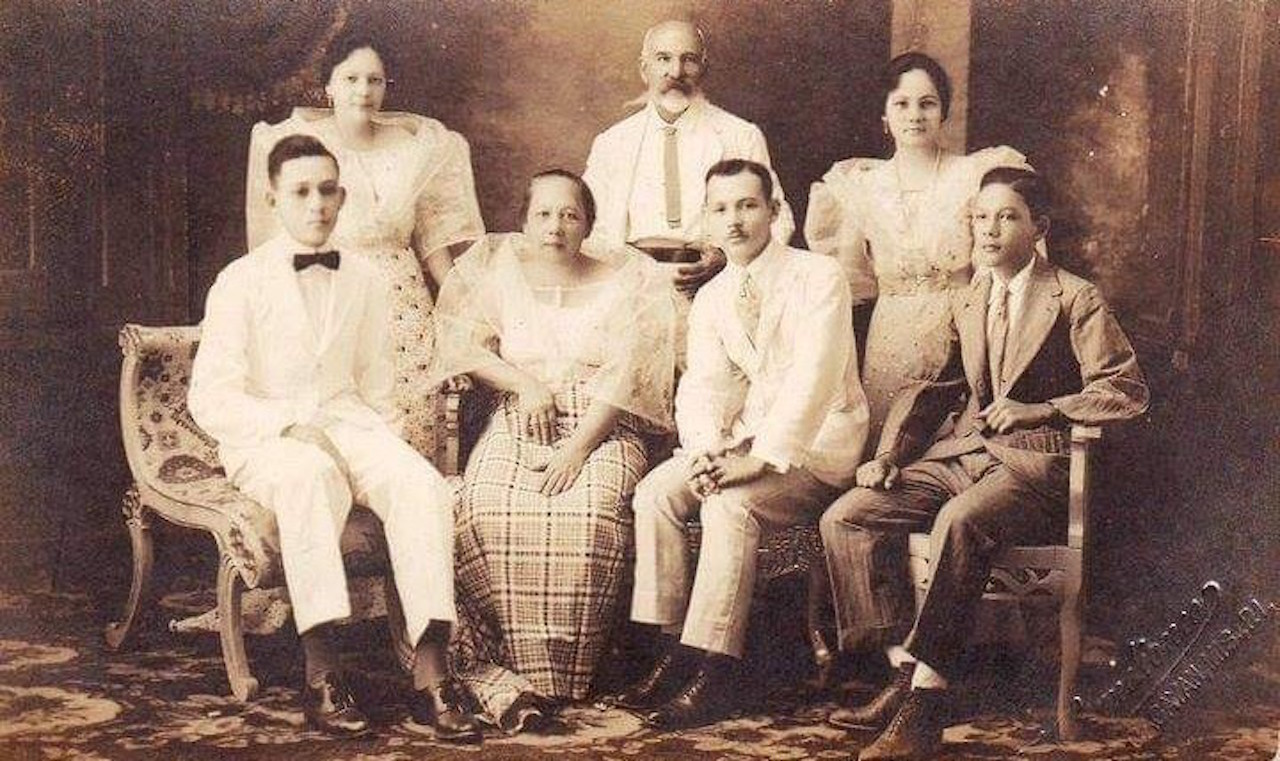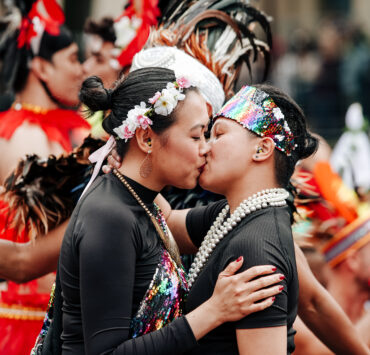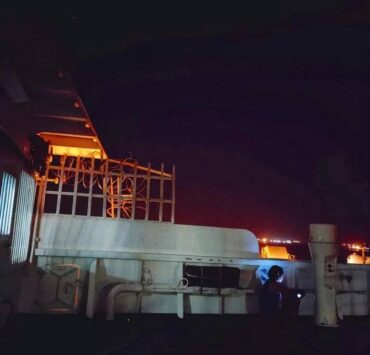Through a letter exchange that spans more than a century, a Filipino Spanish family was able to maintain their ties. Writer and anthropologist Antonio Montalván traces his family lineage from Mindanao to Belmonte, Spain.
This is my story of a connectivity that my own family had nurtured for decades and which I encountered myself as I embarked on a journey to Spain.
The beginning of the story was a Eureka moment in my career as an anthropologist and writer habituated with the rigors of archival research. A colleague who was searching for old documents in the National Archives of the Philippines accidentally came across my paternal grandfather’s hoja de servicios or his work record in the Philippines as personal de ultramar (overseas personnel) under colonial Spain.
The family knows our grandfather’s story but we knew little of the details. The story his work record narrates begins in 1891, in the vanishing decade of Spain’s colonization of the Philippines. A 34-year-old Manchego disembarked in the port of Manila. He was employed in Spain’s colonial bureaucracy and was to take up his first post as warehouse official in Tayabas in Luzon.
In January 1893, the governor-general posted him as comptroller in Bataan province before sending him to remote Jolo in Sulu months later. All this time he was with the Spanish military cavalry. In 1894, he moved to Cagayan de Misamis in Mindanao to be an officer of the administracion de hacienda publica (internal revenue).
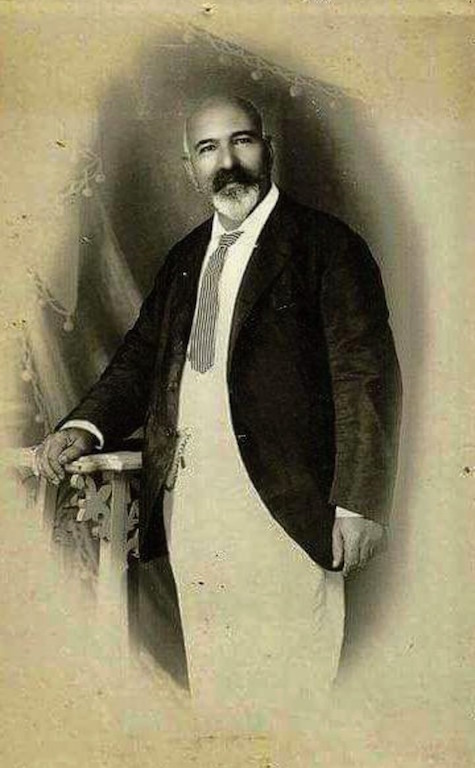
My grandfather José
That young man called José Gabriel Montalván Bello was my grandfather, born in 1857 in the town of Belmonte, province of Cuenca, today part of Spain’s Castilla-La Mancha region. José met his future wife in Mindanao. My grandmother Concepcion Corrales y Roa came from a mixed ancestry, having a Spaniard for a father and a Chinese mestiza for a mother; mirroring the migration trends in the southern Philippines of the time.
The entire Mindanao back then was one province with the capital in Zamboanga with five politico-military districts. Cagayan de Misamis was the capital of the Segundo Distrito and here my grandfather began his family of five children. The eldest was Jesus José Inocentes, born in 1896 followed by Purificacion Vitaliana. But on the couple’s third pregnancy, the family decided to give birth in Spain. To travel that distant stretch of geography during those times, one had to take an excruciatingly slow boat via the Suez Canal.
There the third child Maria Consuelo Ramona was born in 1899. The family eventually returned to Mindanao where my father José Manuel was born in 1903. The youngest Antonio Julian was born in 1906. In 1929, My grandfather died at 72.
My grandfather, nicknamed Pepe, had only one brother in Belmonte, Juan de Dios Montalván Bello. His descendants still live there today and in various parts of Spain.
But because Juan de Dios had only one child Milagros, the surname had been lost in the town. Milagros had two children: Maria Huerta Montalván and Consuelo Huerta Montalván.
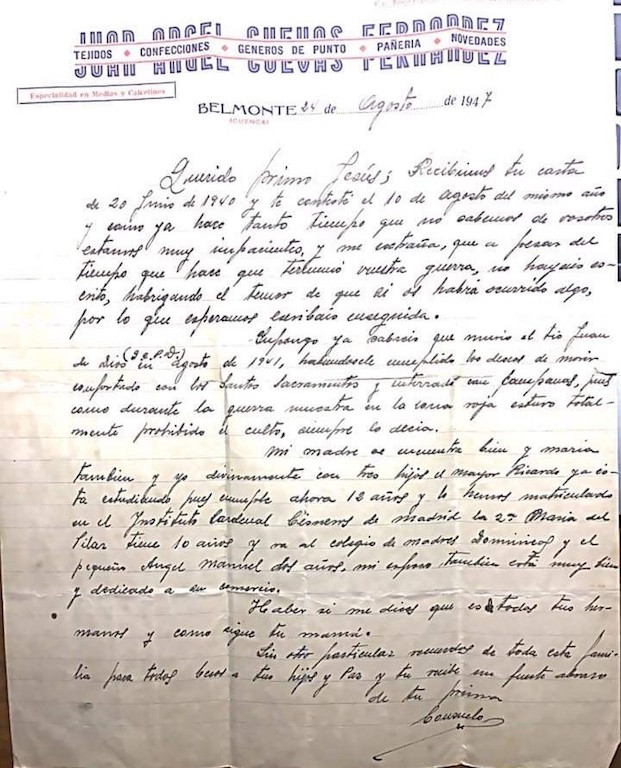
Letters from Belmonte
It was Consuelo who kept the postage mail active between Spain and the Philippines. She would update the Filipino cousins who among the relatives had died, how old their children were and where they had gone to school. After she died, her daughter Maria del Pilar Cuevas Huerta, known affectionately as Piluca to all Spanish and Filipino cousins, kept the letters going. Today at 84, she lives in Valencia, Spain.
It was through these slow mail exchanges that not only letters were sent. There were photos with captions and post cards and gifts. Each side of the family was updated how their branch had grown.
My first cousin Marie, daughter of my father’s sister Pura, visited Belmonte in the 1960s when she was living in Switzerland. She had kept the links and visited Piluca again in 2002 in Valencia with her son Michael.
Never hindered by miles and time
I first visited Belmonte in November of 2016. Belmonte is an enchanting tourist pueblo with a 15th century castle owned by the heirs of the Duchess of Alba and is a declared national historic monument of Spain since 1931. The old church Colegiata de San Bartolome was built in the 5th century and houses an ivory Cristo Crucificado brought from the Philippines by an Augustinian friar who was a native of Belmonte.
But more than seeing the enthralling cultural landmarks was seeing our Spanish cousins in the flesh. I had met Piluca in Valencia before travelling to Belmonte. Her only son Nacho and his Lithuanian wife Vaida hosted dinner for me at their home, with Piluca’s sister Carmen and her husband Jose. They all made sure the rest of the cousins would welcome me in Belmonte. It felt like we had known each other for decades. Conversations turned to names of Filipino cousins they had known by postal exchanges for years. There was no blur of memories. The affinity was electric.
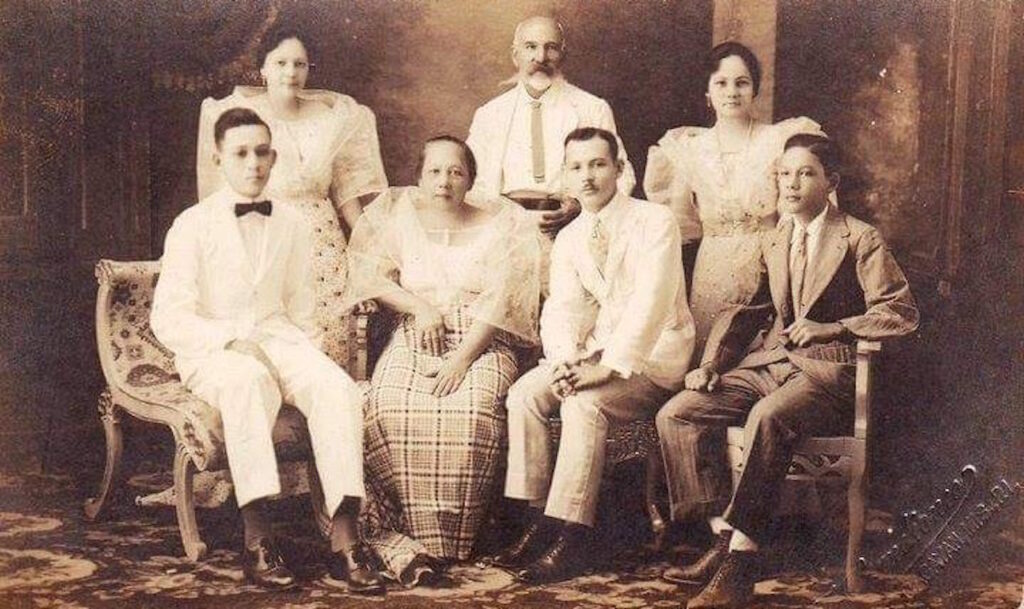
It was raining when I arrived in Belmonte. My cousin Alvaro and his widowed mother Maria Jose met me at the bus station. They arranged tours for me to the castle, the old church Colegiata, and the Palacio del Infante Juan Manuel. That night, they treated me to dinner at La Muralla to savor Manchego cuisine.
Everything was warmly appreciated. But what was more heartwarming was meeting them for the first time. It was as though no distance had separated the Philippines and Spain for a century.
Recently, just before Christmas of 2021, I returned with a group of nine, my nephew Bob and his family from California, and my niece Trichi and her family from Toronto. They didn’t expect much other than to meet in person the cousins they had known from social media. But there in the house of Ricardo Cuevas Huerta, he and his wife Luzi spread out a treasure trove of family photos from the Philippines sent to them serially beginning in the 1920s, 1930s, to the 1950s. On each photo was a caption of the letter senders from family in the Philippines. It was the most tangible memento that family connectivity was a keepsake never hindered by miles of oceans between the two far-away continents.
But what was more heartwarming was meeting them for the first time. It was as though no distance had separated the Philippines and Spain for a century.
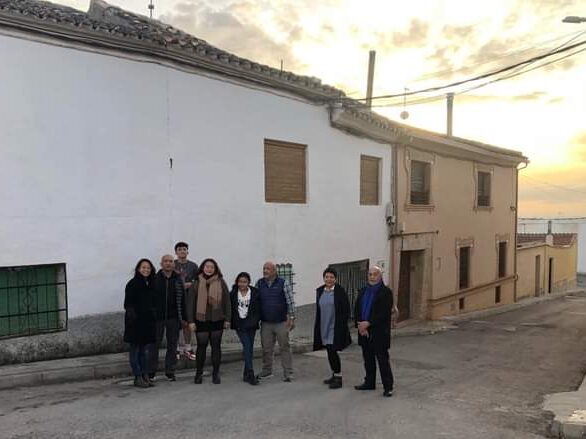
Lasting ties
Belmonte’s parish priest Don Emilio dela Fuente dela Fuente led us to the pila de bautismo (baptismal font) of the massive medieval town church where our aunt Consuelo was baptized. He then showed us a rich archive of old canonical books and papal bulls from several centuries. He opened the libros de bautismos. There on one brittle page was the name of our grandfather, born and baptized on 19 March 1857.
Our Filipino Spanish family keeps a private Facebook group to sustain the never-ending ties between cousins now scattered elsewhere. We call it Montalván de Belmonte and all cousins on both sides interact regularly. Don Emilio asked to be an honorary member. He is not a blood relative, but his presence was welcomed as a lovely expression of the lasting ties strengthened through more than one century between Spain and the Philippines.
What's Your Reaction?
Antonio J. Montalván II is a social anthropologist and museum professional who writes opinion essays for the Philippine Daily Inquirer, Vera Files, PressOne.PH, and Al Jazeera Digital. He also travels the world occasionally in his study of material cultures.

